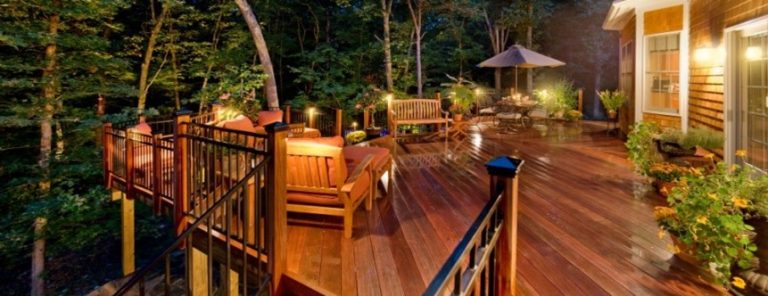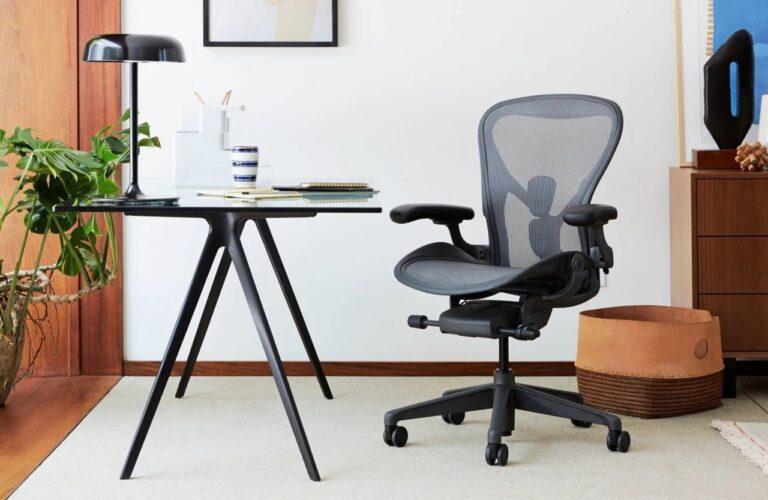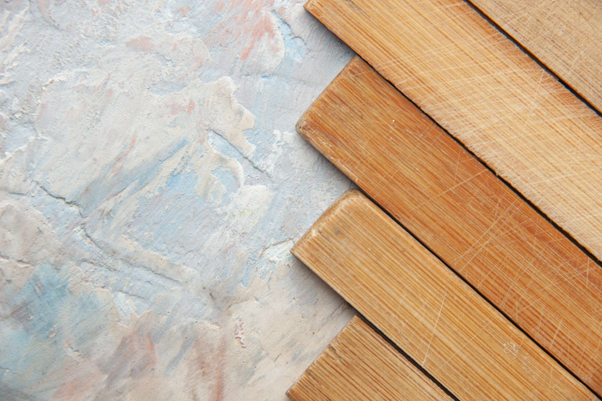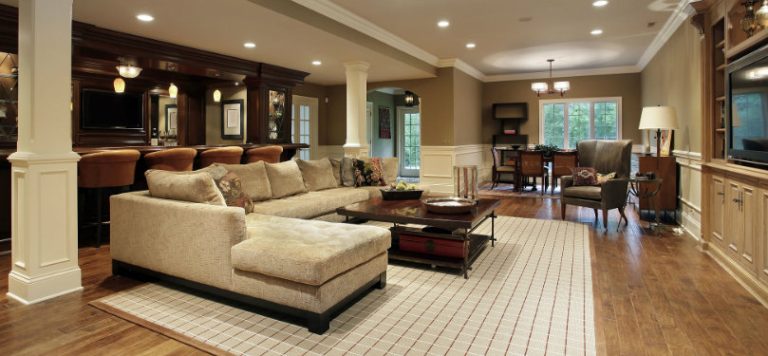
The Art of Landscaping
When you decide for a beautiful landscape to your lawn on a new home or if you just want to add some beauty to your existing landscape plan, you must realize it is a form of artwork that takes some advance planning. Following some ideas in the correct order will help you to be successful.
Landscaping Tips 101
Beautifying your lawn is a great job that is very fulfilling when it is done correctly. There are many things to take into account before you just start planting colorful and glorious blooming plants. These tips can help you to plan ahead and have a fabulous design in the meantime.
#1. Start In The Front
If you are wondering where you should start your landscaping project, it’s on the front lawn. This is the part that gives your home curb appeal and you will likely walk by or drive by it every day. It’s also the area that will give a warm welcome to your friends and family members when they come to visit you. Remember that curb appeal is important, but it also has to be functional in its design.
#2. Hardscaping Comes First
You should complete all your hardscaping project before you even start planting your plants. Hardscaping includes driveways, sidewalks, porches, decks, fencing, patios, and arbors. The reason you do your hardscaping first is that with these projects you will likely have the aid of heavy machinery when you are building them and any type of construction can compact your soil or damage turf grass that is already in place and your flower gardens as well.
#3. Make Your Soil Grow Soaring Plants
So, now it’s time to plant your garden. The best idea is to take a garden hose and outline your flowerbeds and then use orange lawn paint to mark them. Don’t make all your beds square, rectangular or round, but opt instead for irregular shapes, which will give you the best results after they are planted. You should add about three to four inches of organic material to your soil. You can use finely shredded pine bark, mushroom compost, peat moss, or leaf mold and then mix it into the soil to a depth of 12 inches. Loose and fertile soil encourage root growth on new plantings and it allows them to become established quickly. This addition to your soil will help you to have fabulous blooms and lovely colors in a perennial garden.
#4. Planning Your Foundation Plants
Your foundation plantings are the flowers, trees, shrubs, and groundcovers that are in flowerbeds near the front foundation of your home. Your goal is to add extra pizzazz to your home, but not to cover it up. If you have low windows or porches, your best bet is to plant small shrubs or groundcover in these areas. Round shrubs and small trees work well at the corners of your home in the front and this helps to detract the eye from a home that is basically a rectangle on the front. You should also plan a small bed in your front lawn for annual blooming plants to add instant charm to your beautiful landscapes.
#5. Move to the Back
The next area to focus on is the backside of your home. If you have a porch or a deck, it makes a lovely outdoor space for meals and conversations. If you want privacy in the back yard, you can either hire a fencing company in Leeds to put up a wooden fence or plant large shrubs around the perimeter to create a privacy wall. It’s always inviting to have some plants near the back porch or deck area. Most often homeowners go with greenery in different shades that are easy to keep up without a lot of fuss. You can also add some large pots or hanging baskets with annuals in bright colors for each of the seasons for beauty and interest.
#6. Consider a Kitchen Garden
If you have a bright and sunny backyard, you can consider a kitchen garden. Fresh herbs are lovely all year round and very simple to grow. You can plant just a few plants of chives, basil, rosemary, thyme, and cilantro as these are among the favorites for fresh seasonings that taste the best in all of your dishes.
#7. Spruce up Your Side Yards
Side yards are generally little narrow strips that no one really sees or pays attention to. You can add great interest by sprucing these small areas up. Consider using blue pavers and bright blue pebbles to construct a walkway from the front to the rear of your home. This eliminates the need to mow grass or tend to flowers in tight spaces and gives your landscape a wow factor.
#8. Choosing the Right Plants
You will need to do a bit of homework so you can select the right plants. First, find out your planting zone to choose plants that work well in your area. Then study your lawn to see which areas have full sun, partial sun or shade, or complete shade. You can then choose plants for the right amount of sunlight and plant them in the corresponding areas.
This guide will help you to create beautiful landscapes to be the envy of all your neighbors. Remember to use irregularly shaped beds and include different heights, shapes, and textures to have the best eye-catching design.







